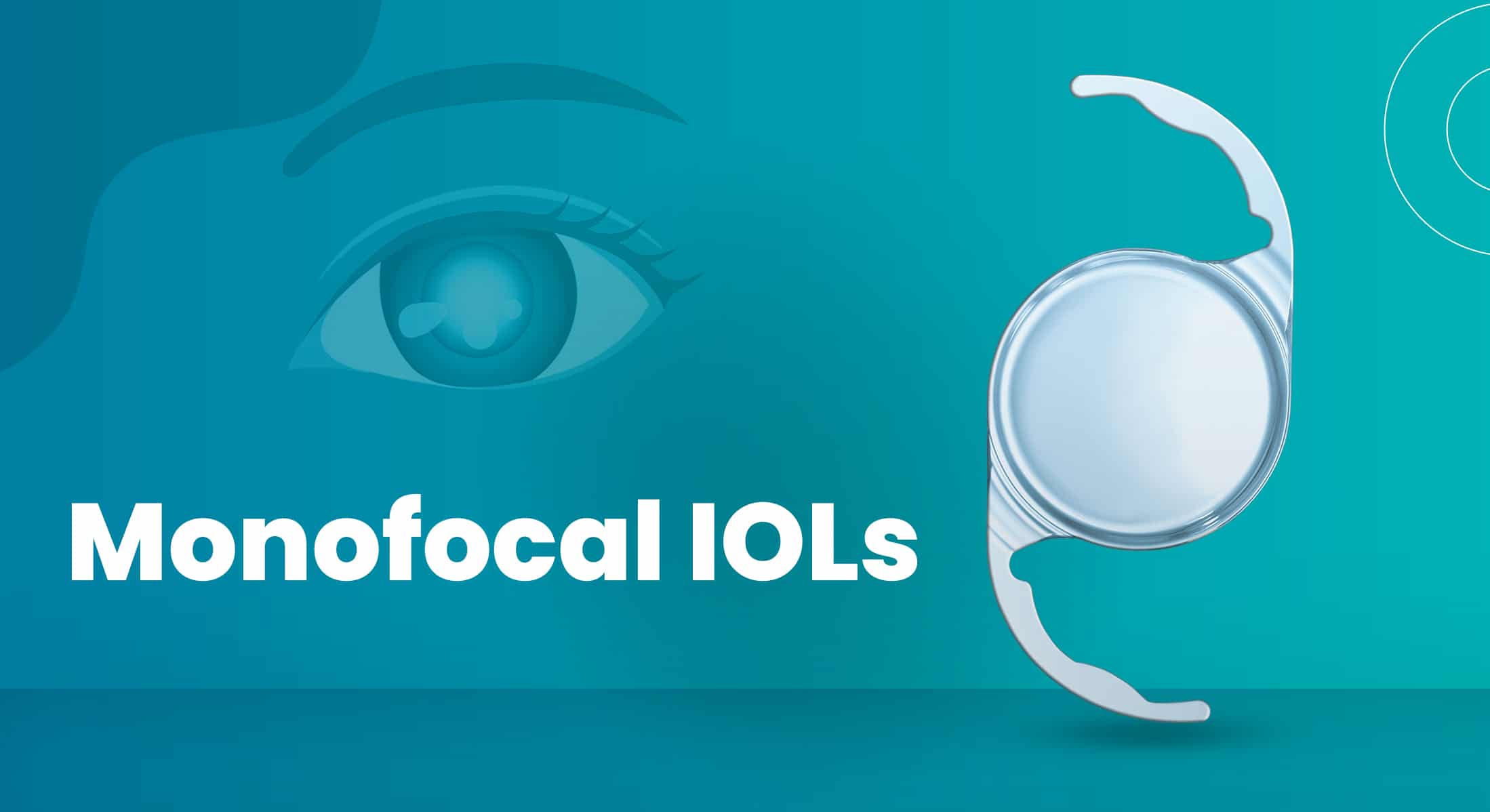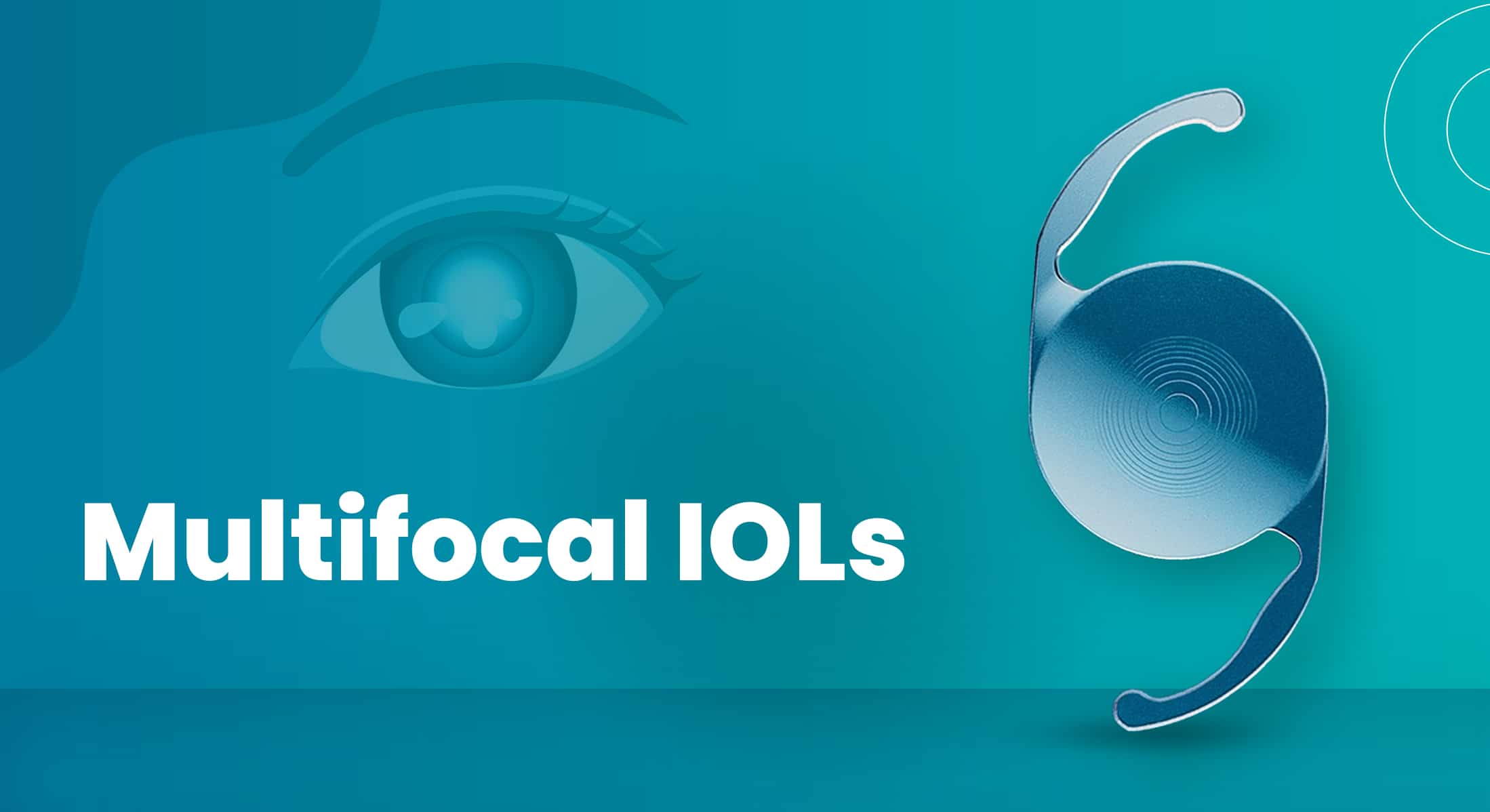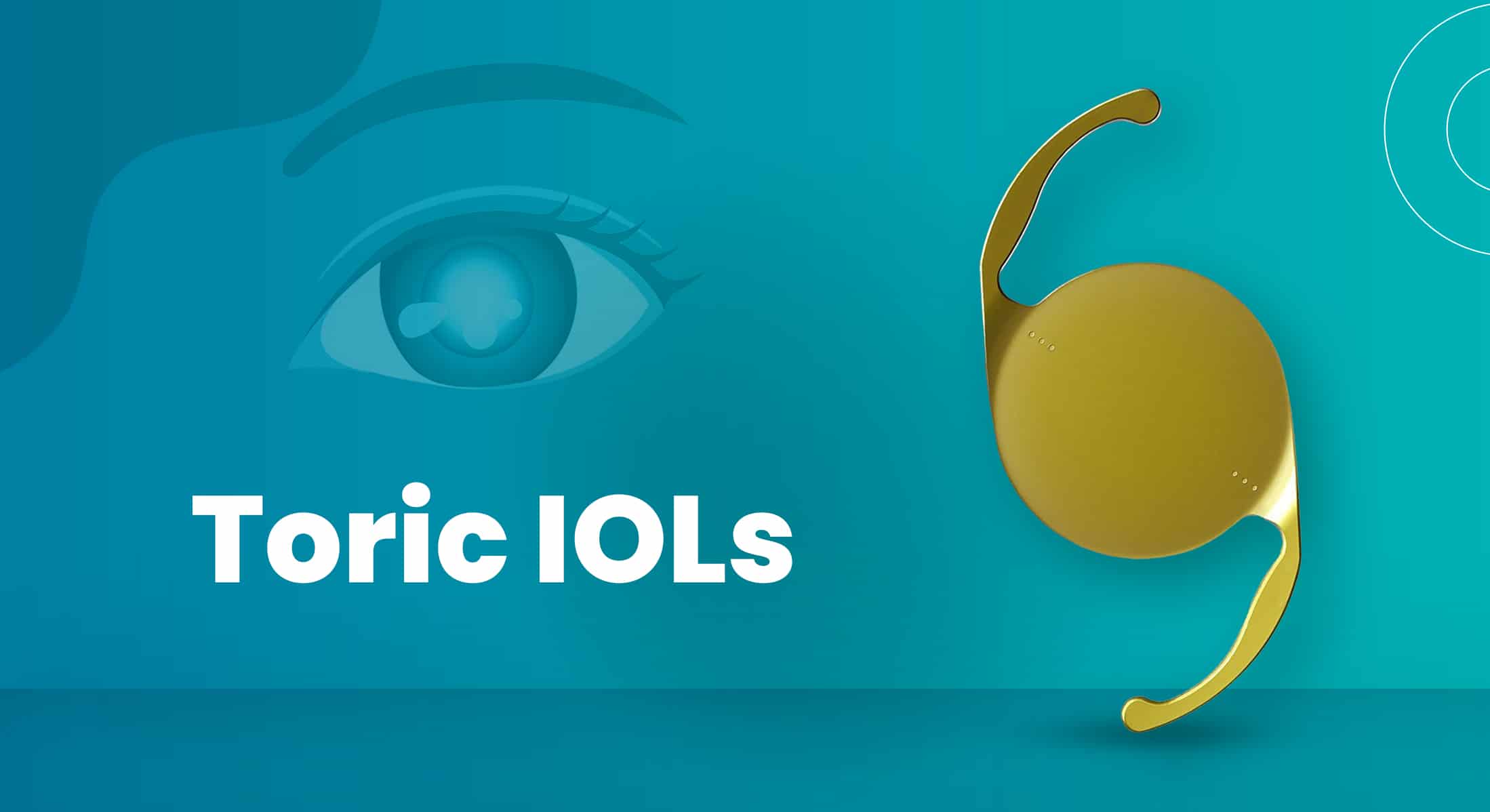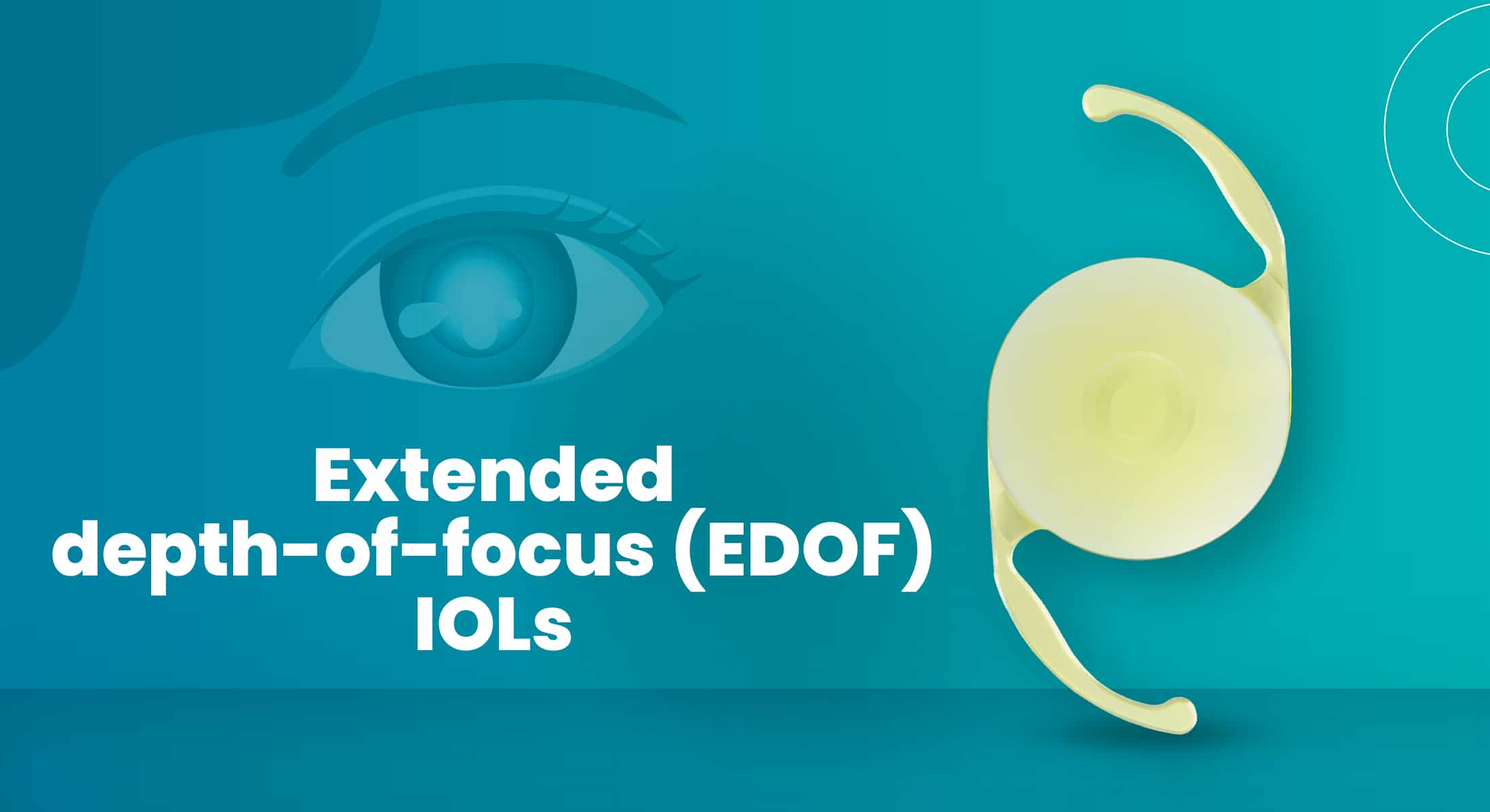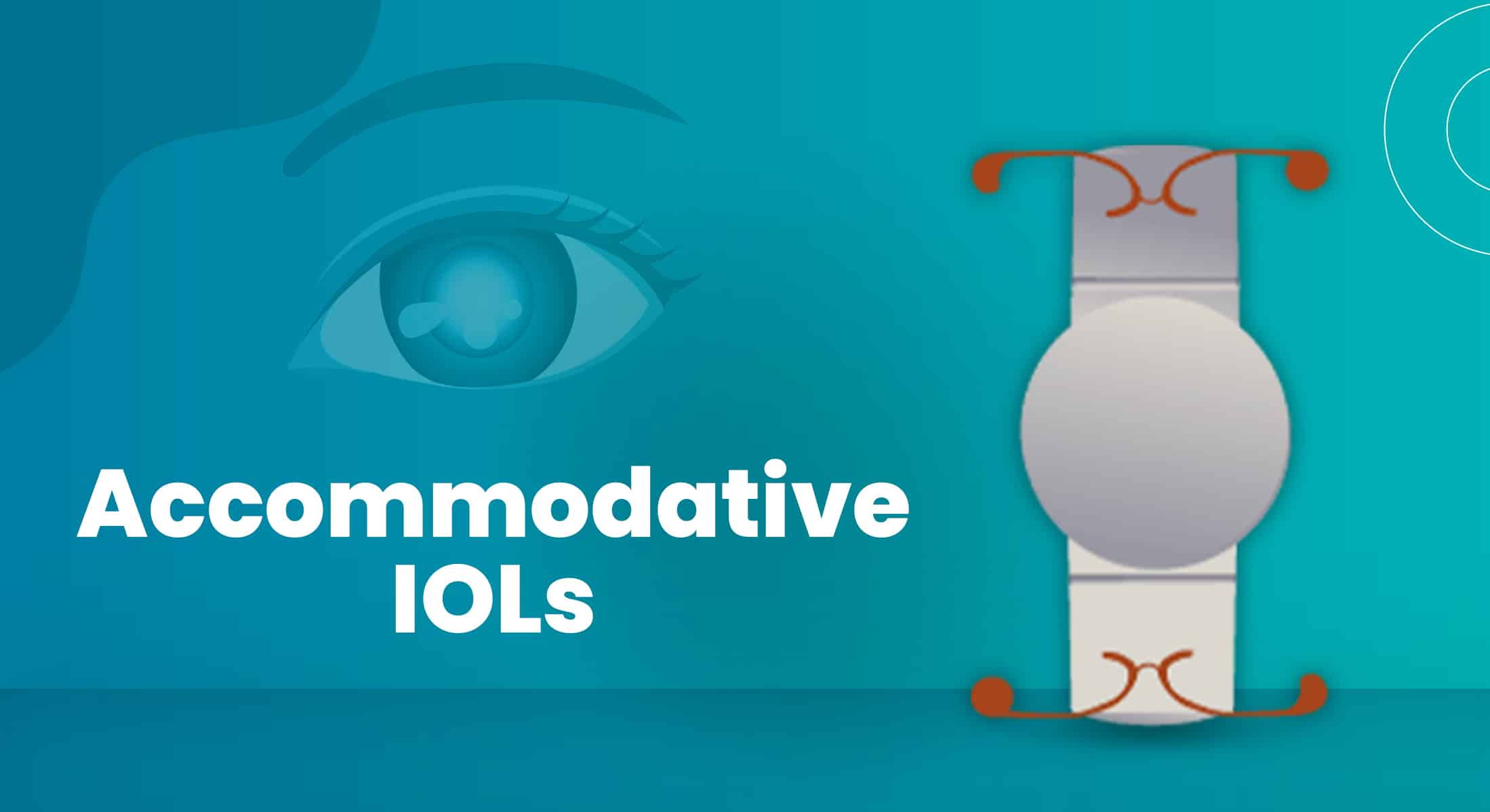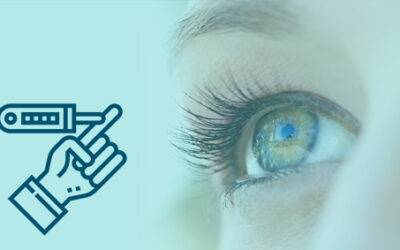Artificial Lens Options for Cataract Surgery

If your eyesight is affected by cataracts and you are considering surgery to improve your vision, it is vital to choose the right cataract lens type for your vision needs and lifestyle. While Standard IOLs are the most commonly used as they are affordable, effective, and covered by insurance, Premium IOLs cost more but can resolve cataract issues and also address existing vision impairment (refractive errors) to offer more independence from glasses.
So let us have a look at the different types of IOLs available for cataract surgery and the benefits they offer:
Monofocal IOLs
U nlike the natural lens of the eye, monofocal lenses are designed to provide the best possible vision at one distance – either for distance, or for near. It does not correct pre-existing refractive error (especially astigmatism). Most people choose to have their monofocal IOLs set for distance vision and use reading glasses for near-vision tasks and possibly for intermediate vision as well after cataract surgery.Monofocal Blended Vision IOLs
S ome people prefer to get a monofocal lens set for distance vision in one eye (the dominant eye) and a monofocal lens for near vision in the other eye (non-dominant). Over time, the brain adapts and blends the information from both eyes to provide overall vision, giving you the ability to see both near and far without having to use reading or computer glasses after cataract surgery.
Multifocal IOLs
M ultifocal IOLs are designed to provide the best possible vision for near, intermediate, and distance, and are best suited for people who don’t have any other eye disease. Similar to bifocal or trifocal eyeglasses, multifocal IOLs have corrective zones (more than one focusing power) built into the lens which allows you to focus on distant objects, those at middle range such as a computer screen, and objects up close such as a book, without needing any glasses. However, these IOLs can create glare and a decrease in contrast sensitivity post-cataract surgery for some people, so they are not recommended if you do a lot of night driving.
Toric IOLs
T oric IOLs are single-focus lenses designed to eliminate cataracts and correct astigmatism as well. They are usually recommended for people with moderate to pre-existing high corneal astigmatism, which is nothing but the cylinder power caused by a dissymmetry in the curve of the cornea. Toric IOLs will reduce blurred vision from astigmatism and provide good distance vision but glasses will still be needed for improved near vision after cataract surgery.
Extended depth-of-focus (EDOF) IOLs
E xtended depth-of-focus (EDOF) IOLs are designed to give good distance vision and improve intermediate vision (e.g. computer screen) after cataract surgery. They are only suitable for eyes with low astigmatism and have only one corrective zone which is stretched to allow distance and intermediate vision. Though similar to multifocal IOLs, EDOF IOLs have lesser focusing power and fewer side effects.
Accommodative IOLs
A ccommodative IOLs are designed to correct vision at all distances after cataract surgery. This type of lens uses the natural movements of the eye’s muscles to change focus.A thorough discussion with your ophthalmologist is the best way to make an informed decision about the intraocular lens that can give you the clearest possible vision after cataract surgery.
Read More Eye Care Blogs
4 Eye Problems That Can Result from Diabetes
If you are a diabetic, it means that the blood glucose or blood sugar in your body is too high. Most of the food you eat is broken down by your body into glucose - the main source of energy that is used for the various functions of the body. Insulin (a hormone made by...
Eye Safety at Home – Tips to Prevent Eye Injuries
ur homes are meant to be safe havens, but they can also be unexpected sources of danger, especially when it comes to eye injuries. Whether it's a mundane task like cooking, working in the yard or garden, Do-it-yourself projects, or even playtime...
Safeguarding Young Eyes – A Comprehensive Guide to Preventing Eye Injuries in Children
s parents, guardians, and caregivers, safeguarding our children's well-being is always at the forefront of our minds. Yet, amidst all the protective measures we take, we may inadvertently overlook a crucial aspect of their health - their eyes. Eye...

